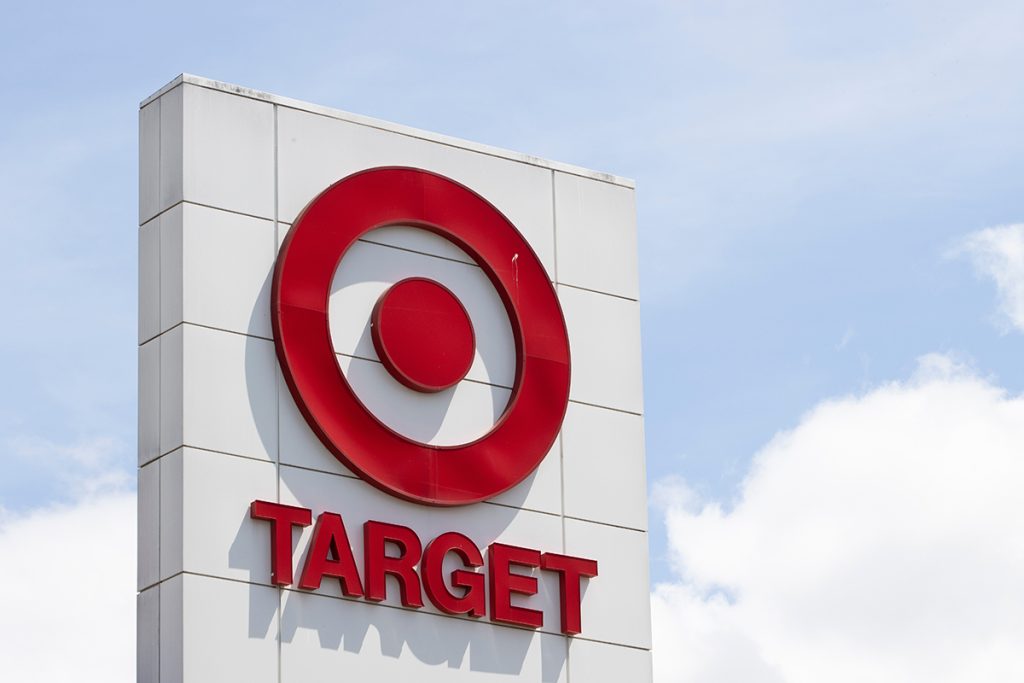Target has seen a significant boost in its stock value, with shares rising over 10% in premarket trading, following the release of its fiscal second-quarter results. The retail giant reported a 3% growth in sales, marking a return to positive momentum after several quarters of sluggish performance and squeezed profits. This growth has been attributed to an increase in shopper visits, both in-store and online, with a notable uptick in discretionary purchases, including clothing.
Despite this positive development, Target has maintained a cautious outlook for the remainder of the year. The company continues to project that its full-year comparable sales will range from flat to a 2% increase, with the likelihood that growth will be at the lower end of this range. However, Target raised its profit expectations, now forecasting adjusted earnings per share between $9 and $9.70, up from the previous range of $8.60 to $9.60.
In the second quarter, Target reported earnings per share of $2.57, surpassing Wall Street’s expectations of $2.18. The company’s revenue also exceeded projections, coming in at $25.45 billion compared to the expected $25.21 billion. This performance reflects a more than 40% year-over-year increase in net income, which rose to $1.19 billion from $835 million in the same quarter last year.
The company’s digital sales were a significant driver of growth, increasing by 8.7% as more customers took advantage of same-day services like curbside pickup and home delivery. In-store sales also saw a modest rise of 0.7%. This marks the first time in five quarters that Target has posted a gain in comparable sales, which track sales at stores open for at least 13 months as well as online transactions.
To boost customer loyalty and foot traffic, Target has implemented several strategic initiatives. These include relaunching its loyalty program earlier this year and introducing a new paid membership, Target Circle 360, which offers perks like free same-day deliveries. Additionally, Target held its own sales event in July to compete with Amazon’s Prime Day and announced price cuts on approximately 5,000 frequently purchased items, such as diapers, milk, and paper towels. These efforts have been well-received by customers and have contributed to an increase in traffic during the quarter.
Customer traffic at Target’s stores and website increased by 3% year-over-year, though the average shopping basket size saw a slight decline. Despite the overall pressure on discretionary sales across the retail industry, Target experienced improvement, with apparel sales rising by over 3% during the quarter.
The back-to-school season has also been an important driver of Target’s recent success, with customers favoring value-driven purchases like $5 backpacks and 25-cent crayons. The back-to-college shopping season, which tends to extend over a longer period, is also performing in line with the company’s expectations.
While Target’s stock has risen by about 1% so far this year, it still lags behind the S&P 500, which has gained approximately 17% during the same period. Nonetheless, the company’s strong second-quarter results and strategic initiatives have positioned it well for the months ahead, even as it navigates an uncertain economic environment.


